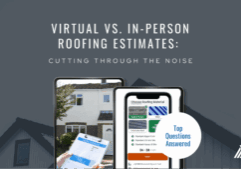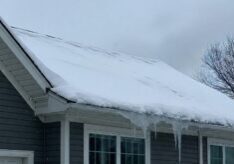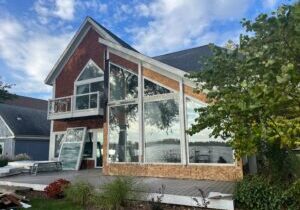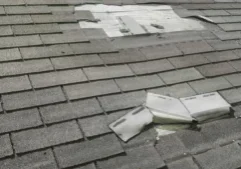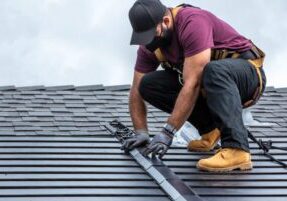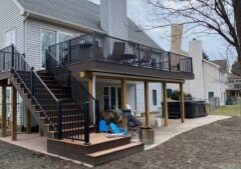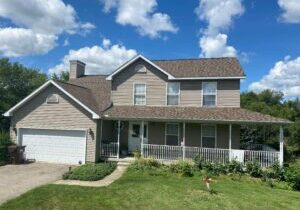When it comes to choosing siding for your home, there’s more to consider than just the color and style. Insulated siding, a product that pairs traditional siding materials with a layer of insulation, has gained popularity for its energy efficiency and durability. But like any building material, it comes with its own set of advantages and disadvantages. Let’s dive into what insulated siding offers and some considerations to keep in mind.
Pros of Insulated Siding
Improved Energy Efficiency
One of the primary benefits of insulated siding is its ability to enhance your home’s energy efficiency. By adding an extra layer of insulation to the exterior walls, it helps reduce thermal bridging—where heat passes through the less insulated parts of walls—and keeps your home warmer in the winter and cooler in the summer. This can lead to significant savings on your heating and cooling bills.
Enhanced Comfort
Insulated siding helps create a more consistent indoor temperature, reducing the presence of drafts and cold spots. It can also help reduce outside noise, making the interior of your home quieter and more peaceful.
Increased Durability
The added rigidity of insulated siding provides better resistance to impact from hail, windblown debris, and other common sources of damage. This can help your siding last longer and look better over time, with less maintenance required.
Aesthetic Appeal
Insulated siding comes in a variety of styles and colors, and its rigid nature allows for a more uniform appearance. It can also help smooth out imperfections on the walls of your home, leading to a cleaner,
more attractive finish.
Cons of Insulated Siding
Higher Initial Cost
One of the main drawbacks of insulated siding is its higher upfront cost compared to traditional siding materials. The added benefits of insulation and increased durability come at a premium. However, it’s important to consider the long-term savings in energy costs, which can offset the initial investment over time.
Potential for Improper Installation
To fully benefit from insulated siding, it must be installed correctly. Improper installation can lead to issues with moisture, ventilation, and even negate some of the thermal benefits. It’s crucial to work with experienced professionals who are familiar with insulated siding.
Limited Styles and Materials
While the range of options has been expanding, insulated siding may not be available in as many styles or materials as traditional siding. If you have a specific look in mind, it’s worth exploring all available options to find the best fit for your home’s architecture and your personal taste.
Conclusion
Insulated siding offers a range of benefits, from energy savings to improved home comfort and durability. However, it’s important to weigh these against the higher initial cost and ensure that you choose a reputable installer. As with any significant home improvement project, consider your specific needs, the climate you live in, and the long-term value it can add to your home.
If you’re considering insulated siding for your home, researching your options and consulting with a professional can help you make an informed decision that balances aesthetics, performance, and cost.
Looking for something?
How can we help you?
Ready to find out more?
Drop us a line today for a free quote!
